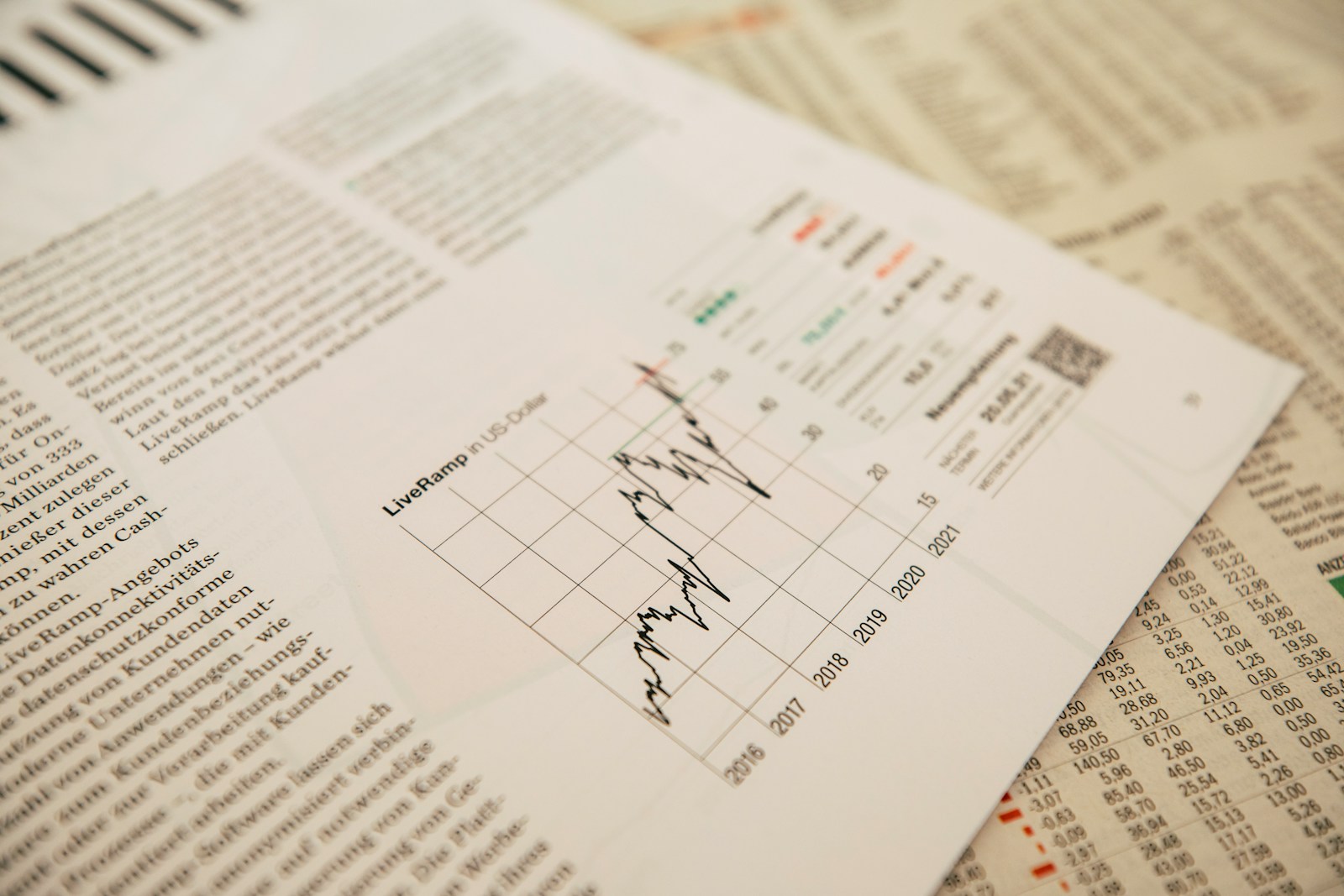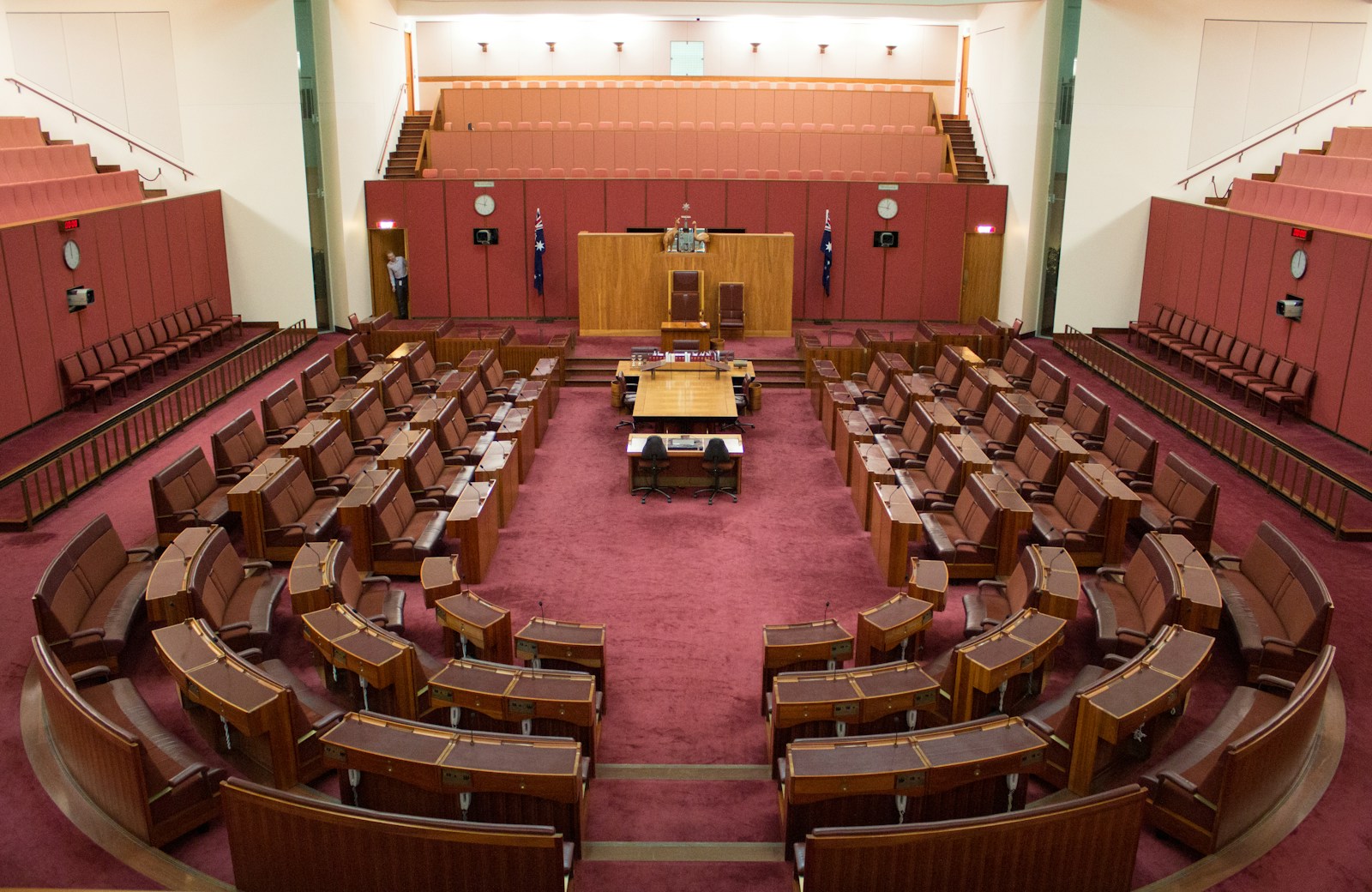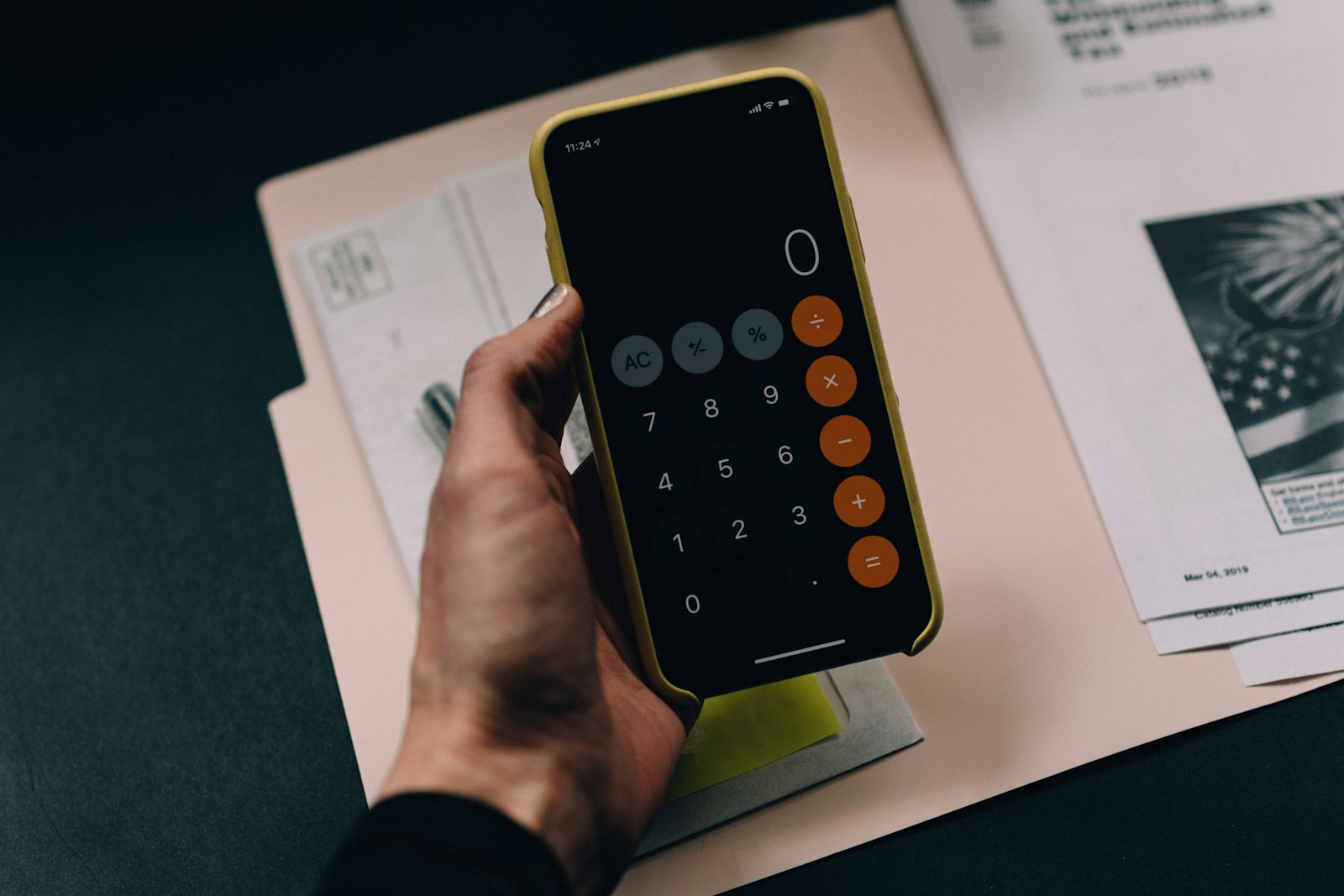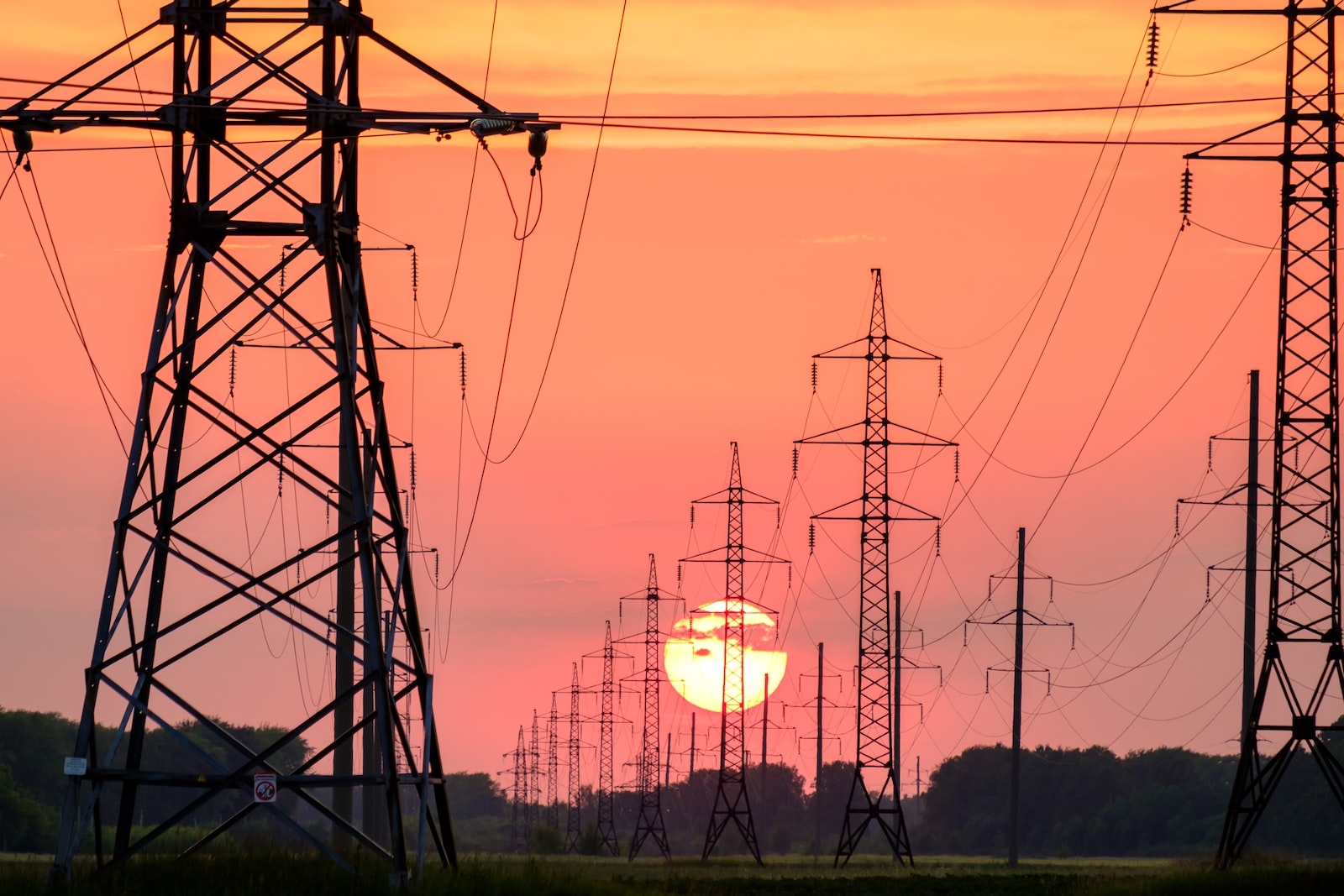Question Number: 50
PDR Number: SQ22-000099
Date Submitted: 22/02/2022
Department or Body: Agriculture Water and Environment
1. The Bureau of Meteorology’s (The Bureau) automatic weather stations (AWS) record 1-minute air temperature data in accord with World Meteorological Organization recommendations. These 1-minute values are recorded as the temperature observed in the last second of each minute, not an extrema from the recordings taken throughout the minute.
Research undertaken by G.P. Ayres and J.O. Warne, published in the Journal of Southern Hemisphere Earth Systems Science [Response time of temperature measurements at automatic weather stations in Australia, 2020], addresses measurement intervals. This research demonstrates there is no significant difference in the method employed by the Bureau, and an averaged measurement taken over 1 minute.
This has been supported through parallel observations using manual and automatic instruments, which have demonstrated that there is no significant difference between temperatures recorded by manual and automatic equipment in the same environment (i.e. within the same Stevenson Screen). As such, data recorded using current AWS technology can confidently be compared with historical data from the same sites.
2. As outlined in the response to SQ22-000099-1, the change from manual to automatic observations, in itself, had no significant effect on temperature observations, as demonstrated by direct comparison or parallel observations taken in the same Stevenson Screen.
In cases where the change from manual to automatic instruments coincided with a site change, this had an impact on temperature observations. These impacts were dealt with through the normal comparison station and homogenisation process that is explained in great detail on the Bureau’s website and is supported by peer-reviewed literature.
3. Construction specifications for the Bureau temperature sensors are included in the attached pdfs.
The sensing element used in the Bureau’s thermometers meets international standard BS EN 60751-2008 [IEC 2008], band 5 (1/10 DIN) which have a R0=100 ? and ? = 0.003850 ?/(?.°C).
Each instrument is tested and calibrated across the full operational range prior to installation in the field in the Bureau of Meteorology’s Standards and Metrology Laboratory.
4. Please refer to response to written Question on Notice number 176, portfolio question number 134 at the 2020-21 Budget Estimates, tabled on December 3 2020 which provides detail on these thermometers.
The Bureau has not manipulated thermometers at Goulburn and Thredbo.
As detailed in the Review of the Bureau of Meteorology’s Automatic Weather Stations (2017), the AWS’ at Goulburn and Thredbo were inadvertently fitted with a MSI1 hardware card during maintenance. The MSI1 card is unable to function at temperatures below -10.4°C. These installations occurred in November 2002 and May 2007 respectively.
The Bureau acknowledges that not adequately communicating the limitations of the MSI1 card to its field staff resulted in an error, and the AWS systems at Goulburn and Thredbo were not able to read temperatures below -10.4°C. Corrective action has been taken.
Bureau staff replaced the inappropriate MSI1 cards with the MSI2 alternative at both sites in July 2017.
5. The Bureau rejects the assertion that placing a downside limit on temperature measurement constitutes an attempt to deceive.
All sensor equipment has an effective operational range and therefore a ‘downside limit’ and an ‘upside limit’. The Bureau makes every effort to ensure that sensor equipment employed in each location has appropriate operational limits.
The Bureau has performed an in-depth review of all 724 automatic weather stations, and can confirm that the technical specifications for each are fit-for-purpose for the climate of their installed location.
6. An extensive external review of the Bureau’s automatic weather stations was undertaken in August 2017. The findings of this review are publicly available on the Bureau’s website.
It was found that ‘the Bureau’s data quality control processes work well, flag errors appropriately, and that the Bureau’s practices are of a high standard, and are in line with accepted practice for meteorological services worldwide’.
Furthermore, the Bureau can confirm that there were only two stations (Thredbo and Goulburn) where observations were affected by downside temperature limits. This was noted through the external AWS review.
7. The Bureau does not tamper with thermometers.
Irregularities in the data transmitted by the Thredbo and Goulburn automatic weather stations were identified by the Bureau through automated and manual quality control processes. It is through these reviews that the cause of the fault was determined and subsequently rectified. This is laid out in the report Review of the Bureau of Meteorology’s Automatic Weather Stations, 2017 pages 48 and 50, available on the Bureau’s website.
The Bureau’s quality monitoring system is regarded by the World Meteorological Organization (WMO) as a best practice climate data management system. Further, the WMO standard for such systems is based on the Bureau’s system.
The Bureau is accredited by the National Association of Testing Authorities for temperature and pressure calibration to the internationally recognised quality standard ISO17025.
Under this regime, the Bureau’s temperature measurement and quality control systems and processes are subject to a surveillance audit every 18-months, with an in-depth reaccreditation audit every three years.
8. No; the change described had no effect on the expression of national average temperature.
In both ACORN-SAT and its predecessors, data from each station are expressed as a difference (anomaly) from the average for a standard reference period (currently 1961-1990). The station anomalies are then averaged into a national value. Since the anomaly for all stations, by definition, has an average of zero, changing the stations used makes no difference in itself to the national average. The reason why anomalies, rather than absolute values, are used is to prevent any bias that may arise from changes in the network, such as the opening of new stations in particularly hot or particularly cold areas.






























